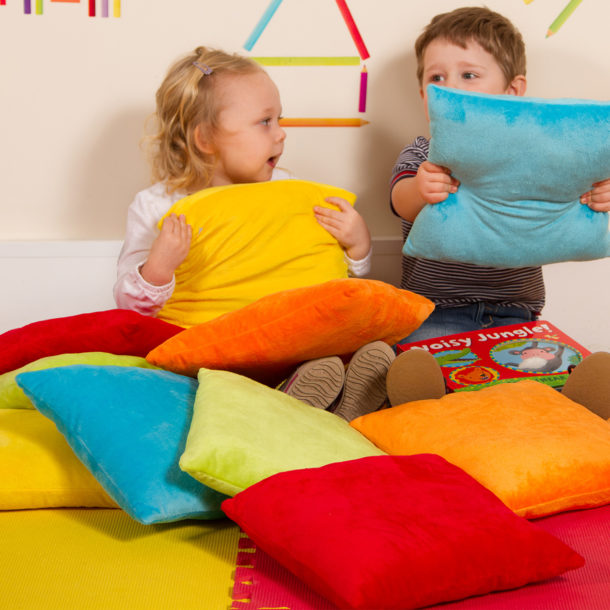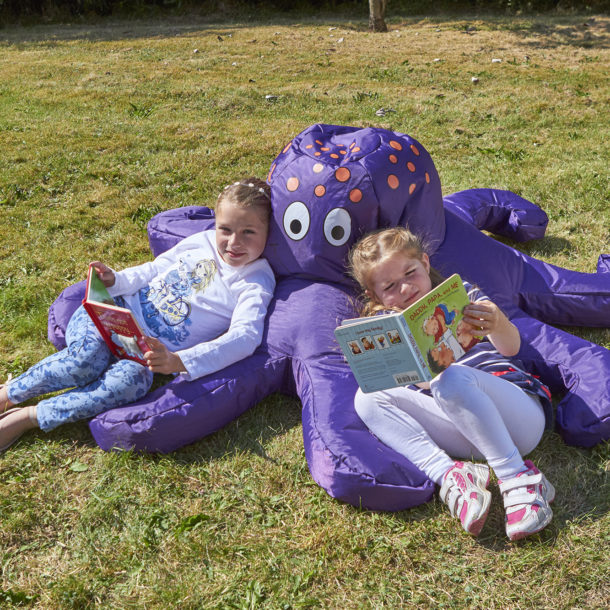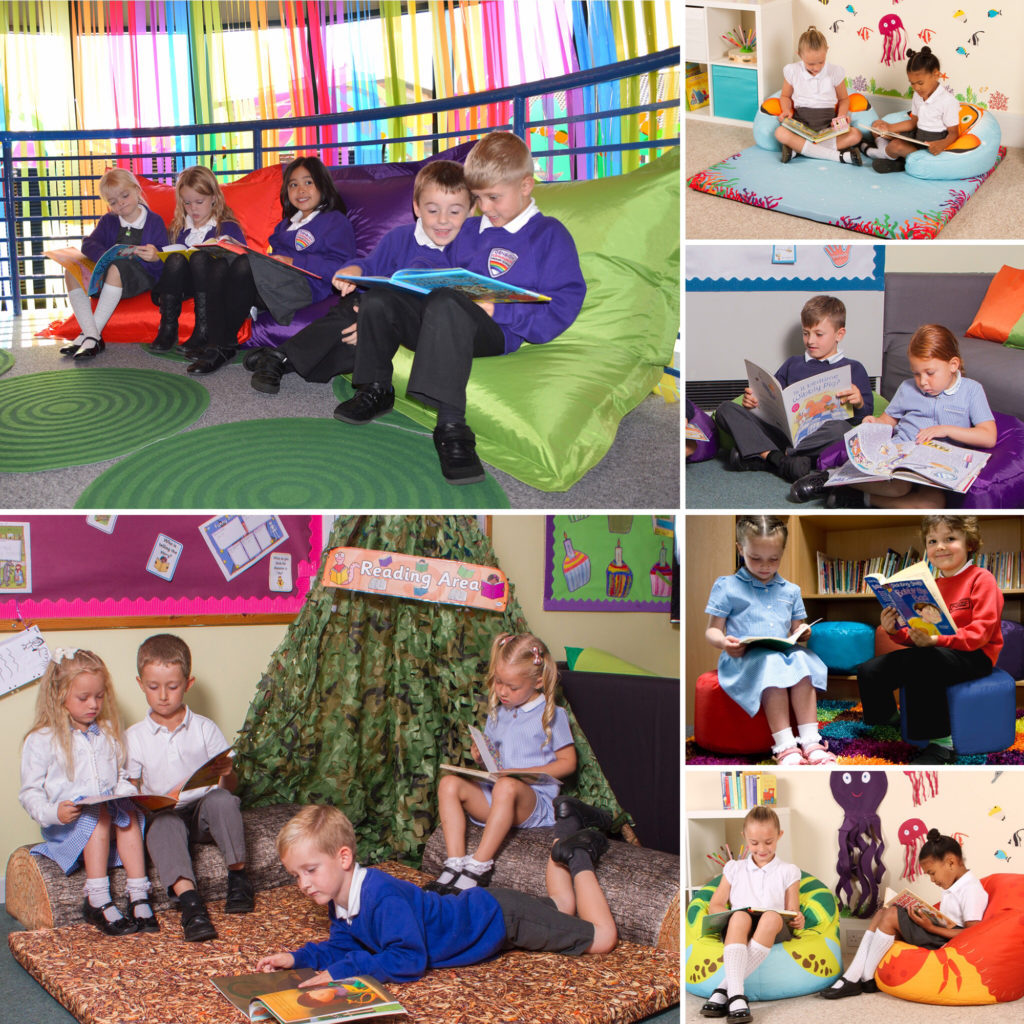This year we delved further into international ways of thinking about learning through experience and the impact of the learning environment on child development. We simultaneously researched 20 schools and found that, although there is a notable shift away from passive learning in the thinking of teachers, the design of the classroom has changed very little in the last hundred years.
Teachers are well aware of the importance of changing the structure of learning. Within the same lesson it might change from one-on-one reading, to collaborative focused work, to learning outdoors and yet the traditional hard fixed shape furniture is very limiting to this modern way of learning.
A move towards the use of dynamic furniture – flexible furniture that can be easily moved around within the space being used, that not only allows easy transformation of the space but also encourages children to be owners of their own environment and captains of their learning experiences, would enable a fluid and calm environment for children to grow both socially, emotionally and academically.
There is a huge emphasis on creating the ideal environment in UK workplaces and yet schools seem to be left with an archaic design, engineered for static learning with a lack of interaction. This is largely due to budget constraints.
Top Tips from Eden Learning Spaces Research Team
A space should be:
- Motivating, energising and stimulating
- Varied, versatile and flexible
- Comfortable, calm and inviting
It should encourage:
- Choice
- Learning through discovery and exploration
- Physical development
- Interaction and creativity
First Steps:
- Declutter – have zones of display so as not to over-stimulate
- Create zones for group work, one-on-one learning and reading
- Use calming pastel colours on the walls and bright furnishings to energise
- Invest in dynamic furniture that can be used to spontaneously transform the learning environment, seamlessly connecting the indoors and out
Create a calming and inviting environment for children to rest, relax and absorb the environment around them with cosy corner bundles.
Spontaneously take the learning space outdoors, with lightweight and portable soft furnishings to promote flexible learning and physical development, and encourage children’s independence to learn anywhere, anytime. Children should be encouraged to adopt learning positions that come naturally to them, rather than always sitting at a desk indoors.
Bright and inspiring animal themed resources such as this cosy giant octopus stimulate interaction and creativity whilst encouraging a natural way of learning through discovery.
Reluctant readers can be motivated to enjoy books and take ownership of their own learning with bright and stimulating yet comfortable soft seating to create reading zones that foster concentration.
Shop our range of soft seating and portable furniture here.
With thanks to Eden Learning Spaces for writing this post. Northumberland based Eden Learning Spaces has a portfolio of resources designed for the classroom of the future, supporting a fluid and dynamic way of learning. The products, which include an assortment of portable, flexible and sensory soft furnishings and interactive learning resources for both indoors and out are the result of a body of research and collaboration with teachers that began back in 2013.












